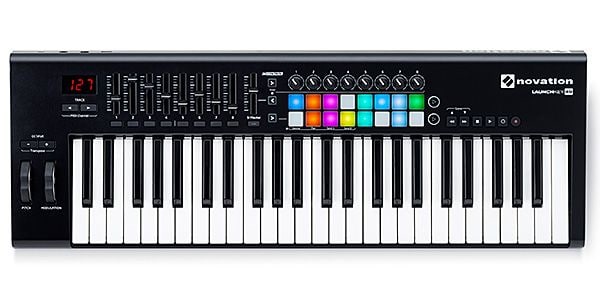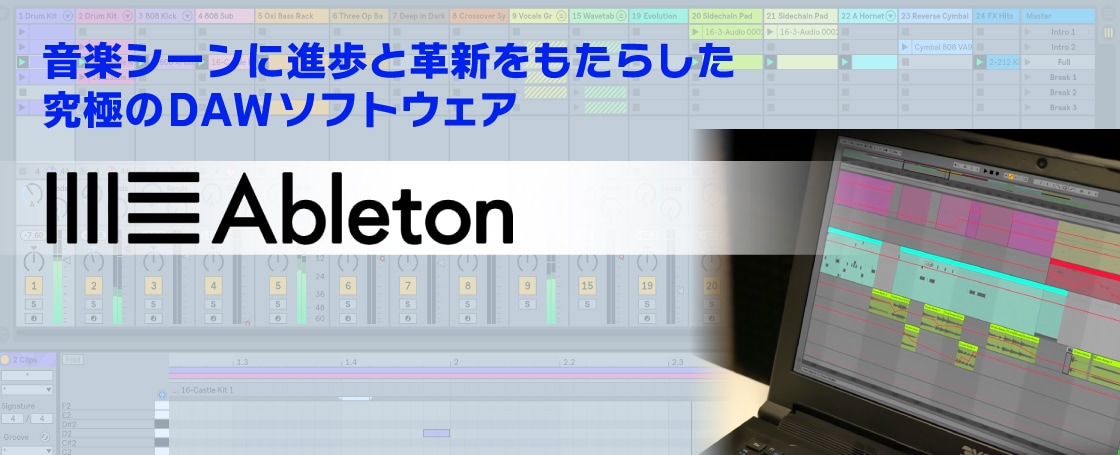What does Live do?
-
Is Ableton Live a software for live performance applications as indicated by the name? And because of the voice and the overwhelming share in dance music production, is it software for DJ use? I hear comments like that. Of course, if a PC is up on the stage at a concert, it is probable that Live is running, and there are many who use it in DJ performances and dance music productions, but these are just one of the functions of Live. Ableton Live is a software that has unlimited possibilities not only in terms of music production, but also in terms of making music in total.
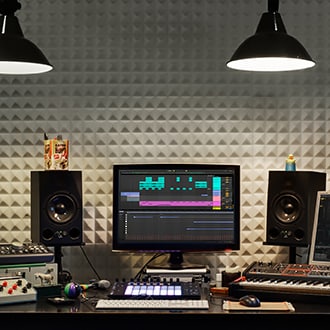
-
Live version 1 was released in 2001. The ability to perform most tasks without pressing the “stop” button on the sequencer, and the real-time loop sequence called “session view”, a concept not possible at the time, as well as live sound source transmission and looping capabilities, attracted attention. It gained many users as a product that is good for sampling-based production. Live has its own audio stretching algorithm, "WARP", which makes it possible to follow BPM with multiple audio files, and its name has been set in the new history of computer-based music. After that, through the addition of MIDI sequencing functions, audio slicing, collaboration with manufacturers that transcend hardware and software, and so on, it has reached the current Live 10.
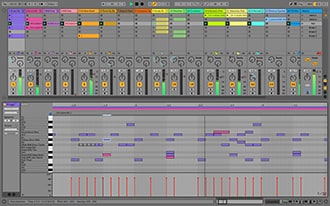
-
So, what you can do with Live...
- Multitrack recording (Standard / Suite grade can be used with an unlimited number of tracks)
- MIDI sequencer (built-in sound source recording, VST / AU correspondence, sending to external sound source equipment etc.)
- DJ performance (Utilizes WARP function that analyzes audio tempo information and automatically performs tempo matching)
- Live performance (during playback, you can perform a series of operations such as overdubbing and sequencing)
- Self-made synths and effects (grouping effects and sound sources together, combining them into one, or creating a device that produces an operation that makes sounds by using arbitrary signals)
- You can customize sound sources & effects and even the UI with Max for Live
It supports a wide range of applications like the above. Compared to other software, the only feature that is not installed is the music score display. It is especially for those who want to produce a specific music genre, those who seek intuitive operation, or speedy for production.
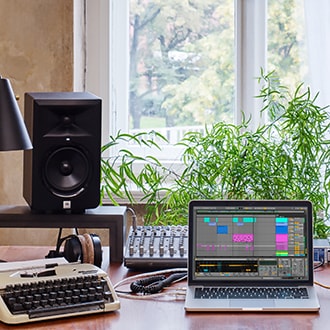
What kind of software is Live?
The basic operation of Ableton Live is centered on drag and drop. Although a single window was used from Live 1 in order to balance simple operability and visibility, dual display function was introduced from Live 9 and it is also possible to display session & arrangement views simultaneously. Let's see what these two main screens actually are.
-
Arrangement view
Live has a screen called "Arrangement View", which is a basic working style screen. If you have used DAW software, it is a familiar screen.
Build recordings, MIDI sequences and arrangements along the timeline, and in the final stage of music production, export the information in the Arrangement View to a format such as WAV or AIFF.
The basic operation, from the browser view on the left side of the screen, select the effects and synths you want to use, sample material, drag and drop to the track and arrange the point you want to work on. In addition, audio and MIDI clips imported by Live (Important! Live refers to phrase units as clips) are edited at the bottom of the screen.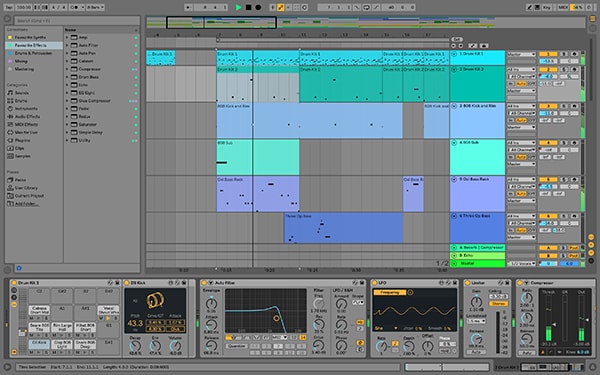
-
Session view
This screen is the "session view", unique to Live, that determines the personality of Live. This does not have the concept of time axis / timeline as in Arrangement View.
In that respect, each track has a clip slot, which allows you to freely play back clips created by recording or importing sample material. As a concrete use example, it can be used for a wide range of applications, such as monitoring clips, capturing entire works of music, connecting clips like DJs do, and utilizing it for performance, as a hint when constructing arrangements. This session view is not always used by music production people. You can complete your production with only the Arrangement View, but not with the Session View. However, understanding the Session View can also help you work more quickly.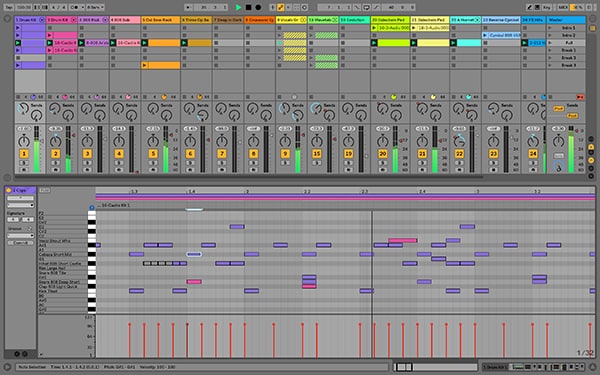
About the main features of Live 10
Live 10 follows all of the basic features of previous versions. It has a WARP function that allows audio material to follow Live's project tempo, and features that characterize Live such as audio auto slicing, unlimited automation, and sampler devices. Here, we will introduce the new features of Live 10, as well as the main features.
-
MIDI capture function
The new "Capture" feature is very useful in that you can add with the touch of a button what you played even when you did not press the Record button.It’s very easy to use. Just create a MIDI track and leave it playing. Play under this condition and press the capture button to play the melody or groove you played in a loop. If you do overdub as it is, you can build the music smoothly, so you can proceed with your work without interruption.
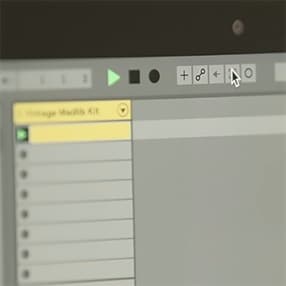
-
New device
More exciting new devices have been added to Live 10, including Wavetable synthesizer for visual manipulation, Echo that makes analog / digital traditional hardware type delay sounds in one device, Drum Bass that can complete editing of drum sound in one place, guitar effect devices called Pedal, modeled to the circuit level to expand the possibilities of Live.

Live 10 lineup of 3 grades
Ableton Live has a lineup of three grades. The Standard model Live 10 Standard covering all features of Live 10, the high-end model Live 10 Suite which includes sound source of about 70GB in total and options such as Max for Live, and an entry level model Live 10 Intro that inherits the basic operation of Live 10, although there are some functional limitations. Please refer to which grade is the best fit for deploying Live.
-
Live 10 Standard
Live 10 Standard includes an unlimited number of tracks, including audio and MIDI. It supports all functions such as multi-input / output up to 256ch, WARP which is a feature of Live, auto slicing of audio, and converting audio to MIDI. In addition to being compatible with VST / AU, it is also possible to add sound sources and effects by introducing Ableton Pack. There are sample materials such as grand pianos, guitars, basses and synths, EQs, comps, space effects, and other major effects such as Beat Repeat that can be used for dance music production. It is also recommended if you already use other DAWs or try other composition approaches.
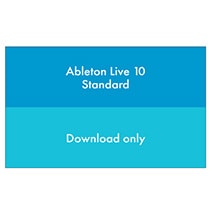
-
Live 10 Suite
In addition to the main features of Live 10 Standard, the top model bundled with options worth approximately ¥200,000. As one of the main features, it is bundled with Max for Live with which you can create your own devices such as Live's sound source and effects. In addition, it is a value pack that is full of orchestral percussion instruments, FM synth Operator, modeling instruments of various musical instruments by AAS, and simulated effects of Amp & Cabinet. Recommended for those who produce music in earnest.
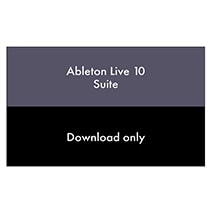
-
Live 10 Intro
In addition to the basic operation of Live, it is an entry model equipped with a partial WARP function which is a time stretch function. Although it has monaural 4 in 4 out multi input / output and usage restrictions up to 16 tracks, it supports VST / AU and ReWire, and has basic functions as a DAW. It is also recommended for those who want to start Live without spending too much, and those who already have other DAWs but want to incorporate the features of Live into their production.
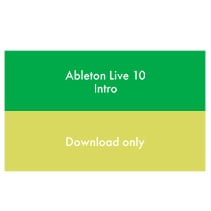
Click here for functional comparison of each grade
Control Live 10 physically
Many controllers that support Ableton Live have been released, and Live has attracted attention from hardware manufacturers in various countries. Assignment of a general purpose MIDI controller (MIDI assignment) may be troublesome in setting up the DAW software. However, Live can be assigned with a few button clicks, and there is a large lineup of equipment that has Live itself preset as a control surface.
-
Push2
Access and control of devices such as effects & synths, adding and editing tracks (Undo), and other Live project operations. In addition, pad creation, editing, and extensive scale presets are possible. The hardware that embodies Live, including for performance, is Push. Although it falls into the category of MIDI controllers, Push is not a controller for Live per se, but is a completely new Live hardware that brings out the aspects of Live as an instrument, and the potential as a track-making tool. Push also comes with Live 10 Intro, so if you don't have Live, you can enjoy Ableton Live immediately after installation.
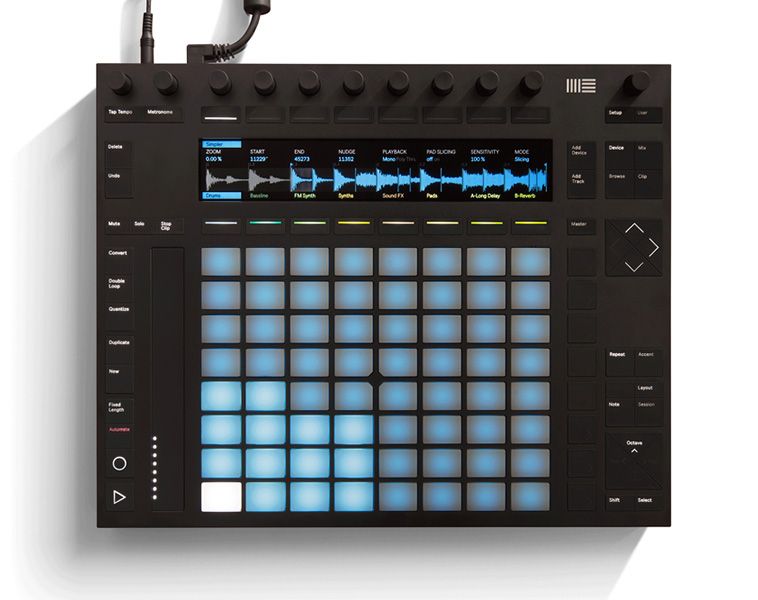
-
Novation Launchpad MK2
The Launchpad from Novation (as of 2016, MK2) is a device that, no exaggeration, is the No.1 Ableton controller. Launchpad is suitable for Live clip operation, but the mixing operation and device control provided by its 8x8 pad are effective for grid music performance and production. It is compact and reasonable, and the ease of handling is one of the charms. There is also a series of features such as the multifunctional Launchpad Pro and the small Launchpad Mini.
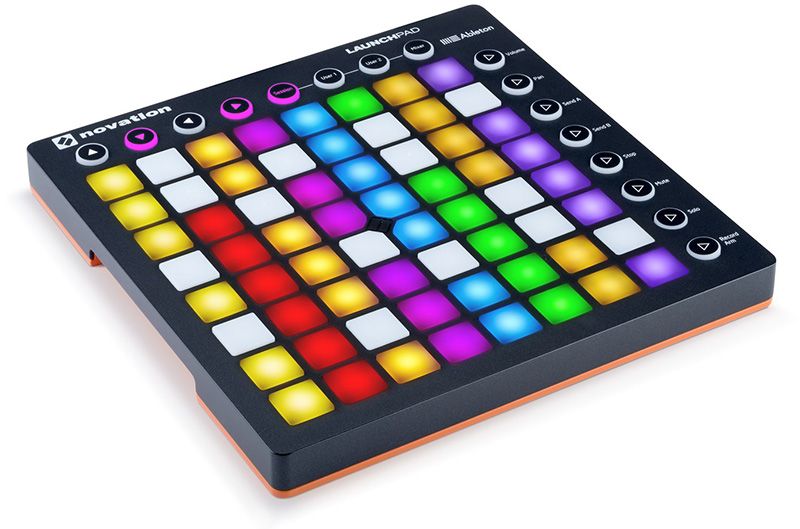
-
Novation Launch Control XL MK2
Launch Control XL, a DJ mixer-style MIDI controller, is hardware that can operate eight tracks simultaneously, as is. In addition, a wealth of control presets are available, and layout changes can be made instantly by switching presets on the main unit, and a user preset mode for customizing everything by yourself is also installed, making it the most versatile Ableton controller.
* Ableton Live supports connection of up to six control surfaces at one time. Connecting a lot of controllers other than the above and building an original Ableton Live setup is also a pleasure.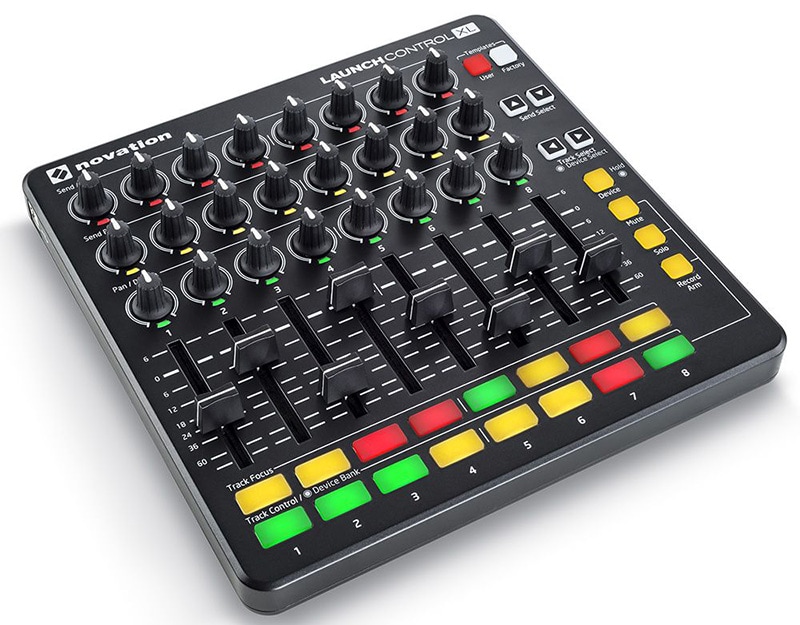
A series of products with Live also available
Ableton Live is also included in some computer music related devices. The Live included with these devices comes with a simplified version of Live Lite, which differs from Standard and Intro. Live Lite is located close to Live Intro, but follows a series of tasks from recording to MIDI sequencing, mixing and exporting.
-
Audio interface
Focusrite Scarlett 2i2 G2
Live Lite is included in the Scarlett series of USB audio interfaces released by British studio equipment maker Focusrite. While featuring bright red looks, they are equipped with the company's reputable mic preamp and AD / DA. In addition to the Focusrite sound that demonstrates outstanding power for recording applications, ultra-low latency is one of the attractive features.
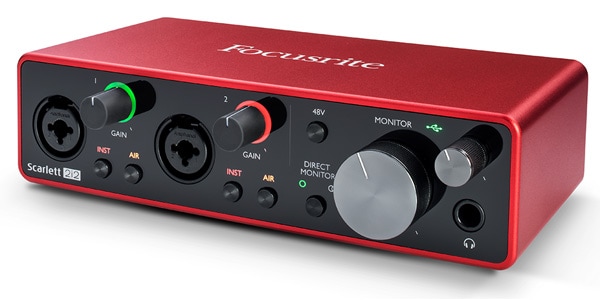
-
Rhythm machine & sequencer
KORG Electribe2
Electribe has attracted attention with its rich sound and built-in sequencer. Of course it is possible to produce only with the main unit, but with Electribe2, you can save it as a project for Ableton Live. For example, you can use Electribe on the go, and import files from your home Ableton Live and edit them in detail.
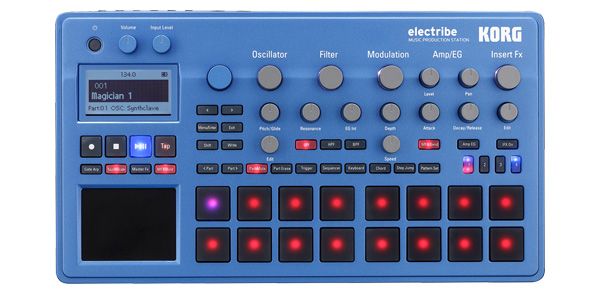
-
MIDI keyboard
Novation Launchkey MKII 49
Some USB-MIDI keyboards also come with Live Lite. Some MIDI keyboards, such as the Launchkey series, are designed to work with other DAWs and to act as controllers. Also, especially for use with Live, the pad unit doubles as the Launchpad function, allowing special coordination.
